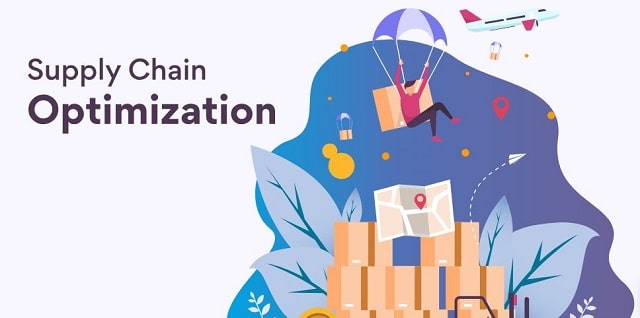
Supply chains have grown infinitely more complex, requiring savvy strategies to streamline operations. Inefficient processes now cripple rather than enable business performance. Get expert guidance for your supply chain strategy. By taking a data-driven approach and optimizing key areas, companies can transform convoluted supply chains into strategic assets. Let’s explore top techniques for supply chain optimization and streamlining.
Leverage Demand Forecasting
Unpredictable demand wreaks havoc on supply chains, leading to bloated inventory costs or lost sales from stockouts. Advanced analytics applied to historical sales, macroeconomic trends, and competitive intelligence improves demand forecasting accuracy. Machine learning algorithms factor in internal and external indicators to get closer to demand truth, guiding smarter supply and production decisions.
Rationalize Suppliers
Too many suppliers overcomplicates procurement, adds costs, and dilutes leverage. Streamlining and consolidating strategic supplier relationships increases bargaining power for pricing and terms. It also fosters closer collaboration for transparency and flexibility. Periodic supplier rationalization also weeds out underperforming partners. Just beware getting overly reliant on fewer suppliers.
Optimize Inventory Management
Excess and outdated inventory squanders money and space while shortages cost sales. Using inventory optimization tools helps determine ideal stock levels, placement, and replenishment rhythms based on product demand profiles. This avoids overstocking while maximizing product availability. Dynamic models adjust as market conditions change.
Improve Transportation Logistics
Inefficient routing and unsuitable transport modes squander logistics budgets. Strategic analysis of order patterns, volumes, and service requirements leads to optimized transportation plans. This allows personalized logistics by product line or geography. Options like intermodal transport, load consolidation, and dynamic routing based on real-time supply chain visibility further reduce costs.
Re-Engineer Warehouse Workflows
Disorganized warehouse workflows hamper order turnaround and inventory accuracy. Thorough analysis and redesign of processes - from receiving to putaway to picking to shipping – smooths flow. The latest warehouse management systems provide automation, worker direction, performance insights to support growth without immense added labor. Optimized flows minimize errors and speed fulfillment.
Digitize Supply Chain Processes
Fragmented manual processes decay visibility and breed delays. Transitioning to integrated digital systems provides real-time data sharing, automated workflows, and actionable analytics. This connects trading partners for transparency and rapid adjustments. Standardized electronic transaction documents also eliminate ambiguities. Digital underpins modern agile supply chains.
Right-Size Distribution Networks
Both inadequate and excessive distribution coverage undermines customer service and boosts transportation costs. Supply chain network optimization tools model facility location needs based on evolving demand patterns and delivery requirements. This allows adjusting the distribution footprint for just-in-time delivery at minimal cost. Dynamic models reassess as needed.
Conclusion
Supply chain optimization is an ongoing journey rather than one-time project. The strategies above build a foundation for visibility, coordination, and efficiency across partners. Continued measurement identifies areas needing improvement. Technology and automation then provide the means for incremental optimization as markets fluctuate.
